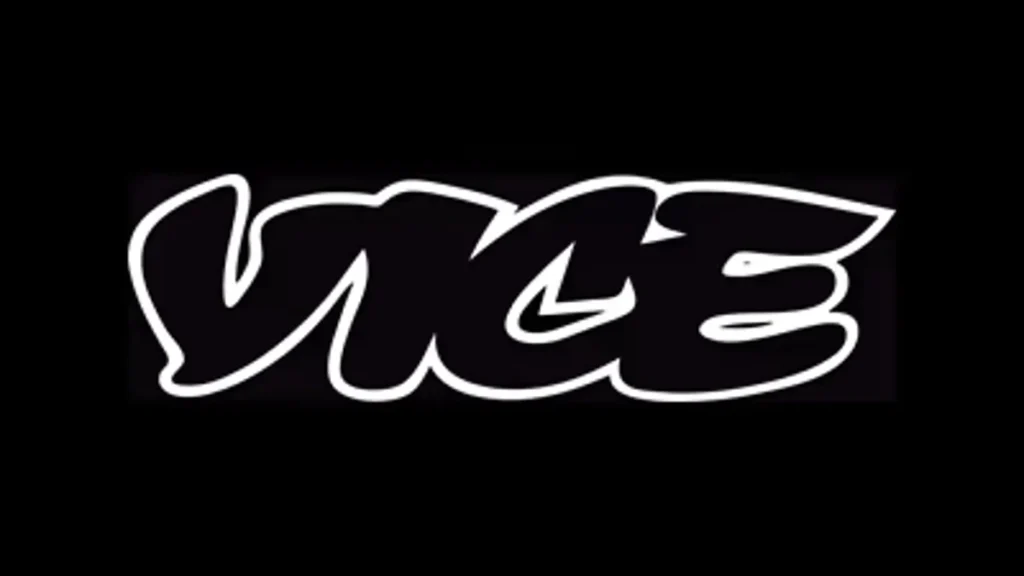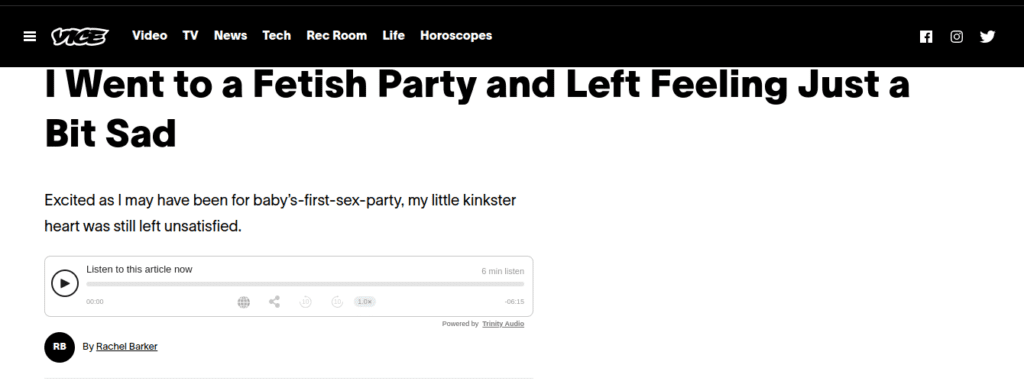
Vice Media, the once-vaunted media company known for its edgy content and appeal to younger audiences, is facing a significant downfall, and RazörFist “sympathised” in a recent tweet. The company has announced that it will lay off several hundred employees and cease publishing new content on its flagship website, Vice.com. This move comes as a result of Vice’s financial struggles and a failed effort by owner Fortress Investment Group to sell the embattled digital publisher and its brands.
Vice Media Group CEO Bruce Dixon explained in a memo that the company is transitioning to a “studio model” and that it is no longer cost-effective to distribute its digital content the way it has been. The company plans to partner with other media companies for content distribution and will focus on its social channels and different ways to distribute its content. These changes reflect the broader struggles of news outlets in the digital era, as traditional and digital media outlets alike are struggling to find a viable business model.
Vice’s rivals BuzzFeed News and Jezebel have also shut down in the past year, while Vox Media and Condé Nast have slashed jobs. Newsroom employment in the United States plunged by more than a quarter between 2008 and 2021, according to the Pew Research Center. Founded as the Voice of Montreal in 1994, Vice grew from a print magazine into a sprawling multimedia company offering original digital and video content and several offshoot channels. At its peak in 2017, Vice Media was valued at $5.7 billion. However, the company struggled to mature into a media force and failed to live up to its valuation, leading to financial difficulties and the need to cut staff and shut down programs.

The layoffs at Vice are the latest in a series of job cuts and closures in the media industry, with digital sites like the Messenger, BuzzFeed News, and Jezebel all shutting down in the past year. The bleeding has continued into 2024, with layoffs announced at TechCrunch, the Washington Post, the Los Angeles Times, and the Wall Street Journal. Vice’s transition to a studio model and focus on its social channels and content distribution partnerships may signal a new direction for the struggling media company. However, it remains to be seen whether this strategic shift will be enough to turn its fortunes around and find success in the competitive digital media landscape.
Not everyone is heartbroken over the news of the Vice demise, popular Youtuber RazörFist mockingly posted on X: “F’s in the chat for Vice.” which post was accompanied by a collage of a few of Vice’s most degenerate content:
The downfall of Vice is a positive development for several reasons. Firstly, it is a clear indication that the public is growing weary of the company’s approach to journalism and content creation. Vice has long been criticised for its degeneracy, shilling for every deviancy possible, from feminism to trannys to child abusers (as can be seen from the RazörFist collage). Secondly, the demise of Vice Media serves as a cautionary tale for other media companies that may be tempted to follow in its footsteps. It demonstrates that the public is no longer willing to tolerate woke and exploitative content, and that there is a growing demand for responsible and thoughtful journalism. In addition, the decline of Vice Media could potentially create opportunities for other media outlets to fill the void left by the company’s departure. This could lead to the emergence of new voices and perspectives in the media landscape, which could help to promote the True, the Good and the Beautiful.
The downfall of Vice serves as a reminder that nothing is steadfast which is not true.
NEXT: Is The Kickstarter Board Game Rap Godz By Omari Akil Another Grift Which Will Never Fulfill?

Leave a Reply